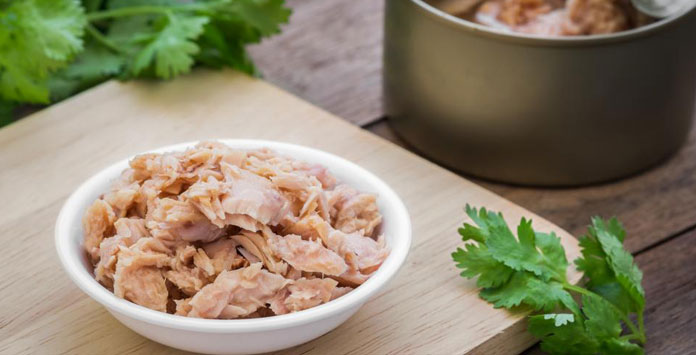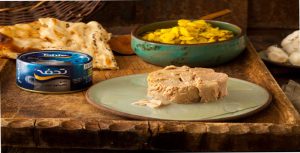It has been years since tuna fish has found its place in families’ food baskets all over the world. Especially the canned tuna has a significant fanbase.
The tuna fish family consists of multiple members with different qualities. However, all of them are considered bright meats. This family consists of longtail tuna, skipjack tuna, mackerel tuna, and yellowfin tuna found in the Pacific Ocean, Indian Ocean, the Persian Gulf, and Oman Sea. Longtail tuna and yellowfin tuna are considered premium quality.
Canned foods and prepared food have always been among the controversial matters and subjects of various discussions. Especially since the advancement of technology solved most of the previous problems but old questions of many individuals remain unanswered.
In this section, we intend to answer some of the most frequent questions about canned tuna.
1. What type of tuna fish is used in Iranian canned tuna products?
- Most Iranian manufacturers use premium tuna (longtail tuna and yellowfin tuna). However, second-rate brands with cheaper products use mackerel tuna.
2. What is the source of the oil inside the can of tuna?
- Vegetable oil, including soybean oil and sunflower oil, is mostly used to prepare tuna fish in oil. Processed olive oil is used to manufacture tuna fish in olive oil.
3. What is the ideal condition of the cans of tuna fish?
- The can must be intact, without dents, impacts, or bumps, and not swollen.
4. What is the cause of swelling in cans after boiling?
- If the purchased can is not damaged and the expiration date is not due, then the reason for swelling is the pressure of steam created inside the can during the boiling of the product. This condition may be more evident in cans delivered to cities with higher elevations from the sea (due to lower atmospheric pressure).
5. Is it safe to store the canned tuna in the refrigerator after boiling it and consume it later?
Boiling the number of desired cans and consuming them at the time is the best option. However, after boiling or opening the cans, they can be consumed under these conditions:
- If the can is opened, you can place the remaining tuna in a container with a lid and store it inside the refrigerator to consume it later. However, the tuna must be heated again because there is a high possibility for the proliferation of microorganisms, especially psychrophilic bacteria.
- If the tuna can was boiled multiple days ago but not opened, you must boil it again. Because if the sterilization process is not completed (almost zero possibility) and Botulinum spore remains inside the product, then the spores may grow (transform into bacteria) and eventually produce toxins and lead to poisoning. Boiling the can one more time would be a preventative measure.
6. Are preservatives added to cans of tuna?
- No, according to the standards of tuna cans, using any chemical coloring substances and preservatives for the product is not permitted.
7. Does tuna cans contain nitrate?
- No. Since the sterilization process eliminates both aerobic and anaerobic bacteria, the conditions won’t allow bacteria to grow inside the product, and there is no need for preservatives such as nitrate compounds (canning the food is one of the best preservation methods).
- Besides, chemical coloring substances and preservatives are not permitted inside the product.
- Nitrate and nitrite compounds are preservatives in other meat industries for semi-prepared and non-canned products such as sausages and cold-cut meat.
8. Why canned tuna does not smell bad like regular fish?
- The reason for the deliciousness of canned tuna compared with other methods of preparation for this fish is that the interstitial fluid of the fish is drained during the primary cooking process. Therefore, most of the smell of the fish is eliminated.
9. Is the mixture of egg and tuna really harmful?
- There has been a great deal of rumor during the last few years. However, there is no scientific-backed proof in research and papers of WHO references. Also, there are numerous international recipes containing a mixture of fish and eggs. Evidently, excessive consumption of any food may not be harmless.





